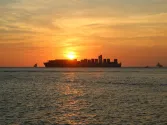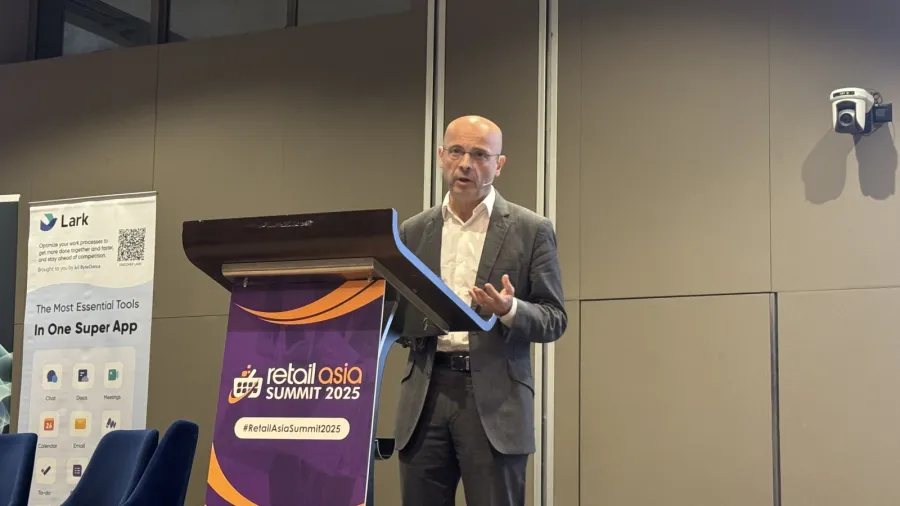
How can Southeast Asia redefine its role in global supply chains?
China is moving upstream into high-value R&D and components—opening the door for Southeast Asia.
Southeast Asia must move beyond its role as the world’s assembly line and build full value chains to stay competitive in a reshaped global economy.
“Southeast Asia must now move from low-end assembly to building a complete value chain, covering everything from raw materials to R&D and design," Julien Bourdiniere, senior partner, consumer goods & retail, Southeast Asia at Roland Berger, said during the Retail Asia Summit 2025 in Singapore.
As China shifts upstream into advanced R&D, core materials, and precision components, space is opening for Southeast Asia to claim a bigger role in industrialisation.
Vietnam has become a magnet for electronics and apparel production, as companies like Nike and Uniqlo diversify away from China. Indonesia is pushing aggressively into electric vehicle batteries and raw material processing, leveraging its nickel reserves. Thailand, with its established automotive base, is expanding into component manufacturing and food processing for regional distribution.
Bourdiniere said these moves “are more than incremental upgrades.”
“They are early steps toward full value chain integration—where Southeast Asia no longer plays a fragmented support role, but instead builds the capabilities to design, manufacture, and distribute products at scale,” he said.
The opportunity is real, but so are the hurdles. Bourdiniere pointed to persistent challenges across the region: “Infrastructure gaps, talent shortages in technical and managerial roles, and policy uncertainty remain key barriers.”
He stressed that coordinated action is essential, with governments investing in modern logistics networks, expanding education and training, and harmonising trade policies to enable regional collaboration.
Several companies are already laying down markers for this shift.
Nike has relocated key manufacturing from China to Vietnam and Indonesia. Unilever runs a regional model that spreads production across Southeast Asia, with hubs in Thailand, Indonesia, and Singapore. Swire Coca-Cola has embedded sustainability into its operations, investing in recycling and transport optimisation—signalling that higher-value integration must also align with environmental standards.
“These examples show Southeast Asia is lifting its game,” Bourdiniere said.
“If the region can close its infrastructure and talent gaps, it can redefine its role in the global economy—not as a substitute for China, but as a fully integrated value chain in its own right,” he added.

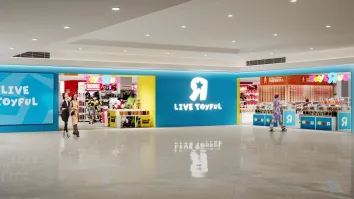
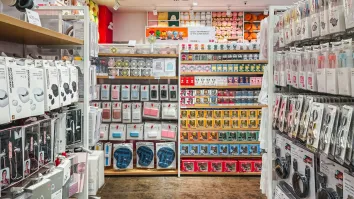
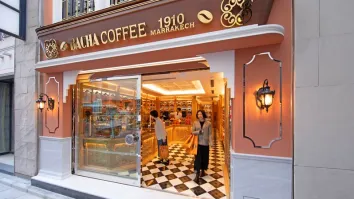

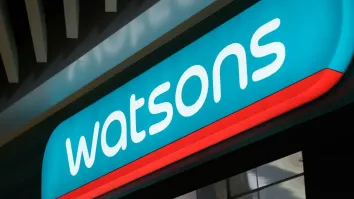
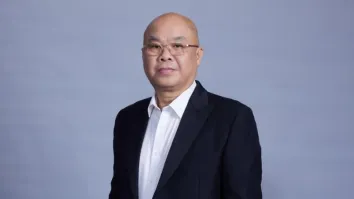
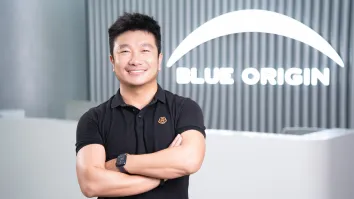
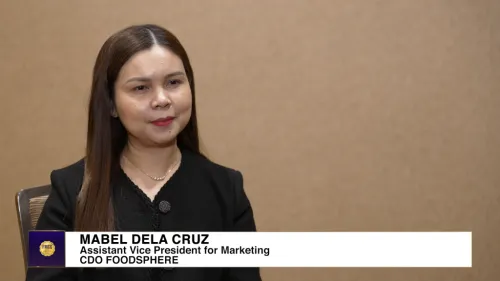
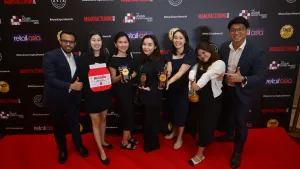
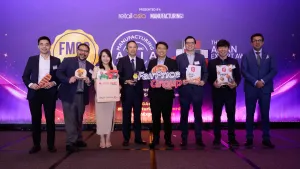



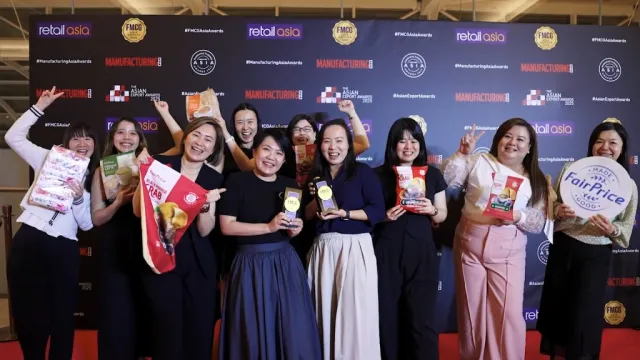

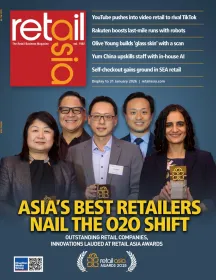
 Advertise
Advertise






